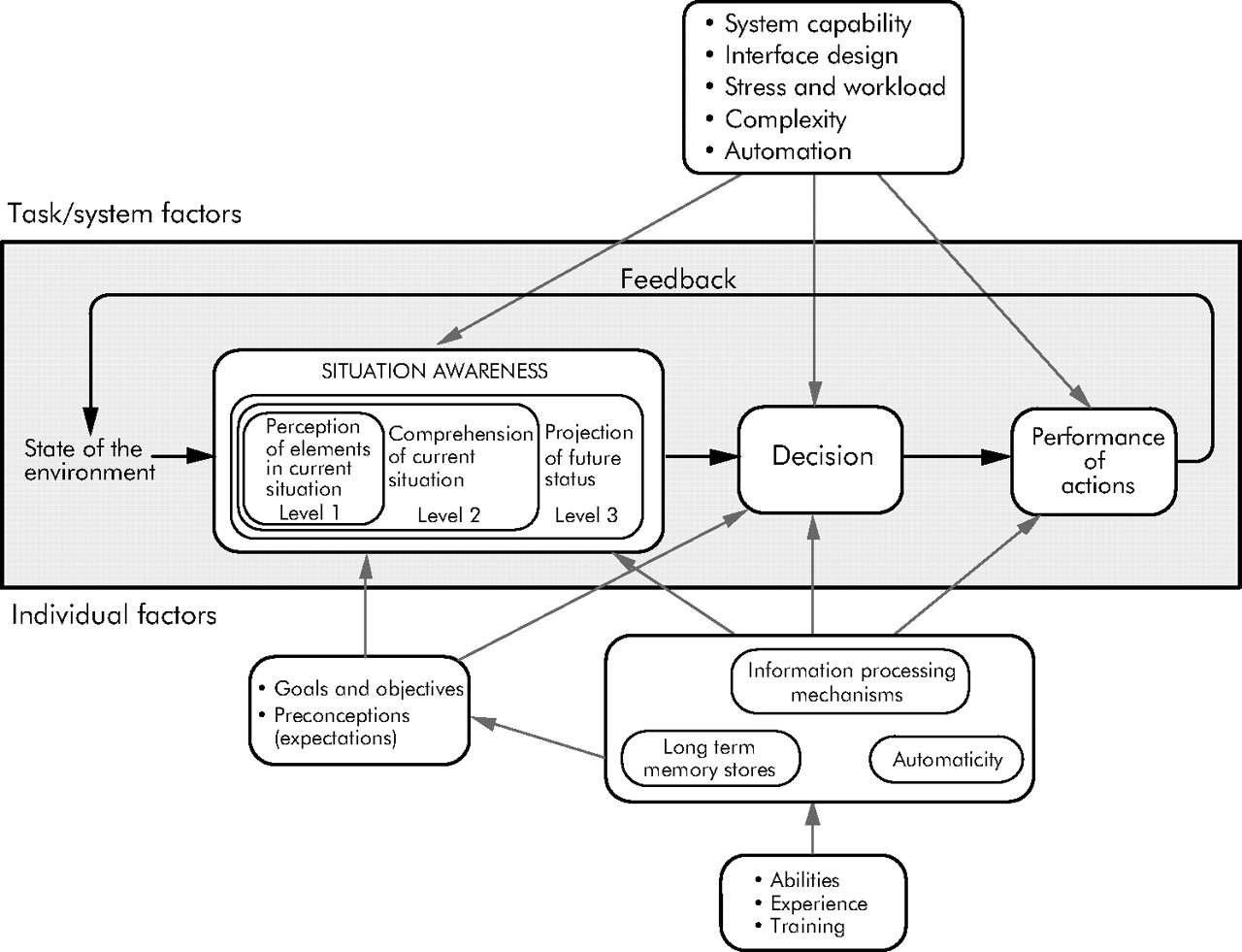
Situational Awareness

In today’s conflicts, the battlespace is complex, fluid, and unforgiving. Threats emerge from multiple domains (land, sea, air, cyber, and space) often simultaneously. Soldiers and commanders must act not only faster than the enemy, but also with precision, confidence, and foresight.
The problem is clear: without situational awareness, forces are blind.
- Blind to threats.
- Blind to opportunities.
- Blind to the movements of allies and adversaries.
In modern combat, a lack of awareness is not just a disadvantage: it is a direct risk to mission success and survivability.
Situational Awareness
Situational awareness (SA) is the ongoing, real-time perception, comprehension, and projection of the elements, status, and future of a dynamic environment to make informed decisions. It involves three core levels:
- Perception:
The ability to notice and gather individual cues from the environment, such as seeing a hazard, hearing a warning, or reading a gauge.
- Comprehension:
The ability to synthesize and interpret the perceived information to understand the overall situation, connect it to prior knowledge, and grasp its implications.
- Projection:
The ability to use this comprehensive understanding to predict how the situation might evolve and what actions may be required in the near future.

Factors influencing situational awareness
Factors like high workload, stress, fatigue, and poor communication can impair situational awareness, while robust mental models and effective attention are essential for maintaining it.
- High Cognitive Load:
When too much mental effort is required for a task, it consumes limited attentional and working memory resources, impairing all levels of SA.
- Attention and Workload:
Effective attention and workload management are crucial because SA relies on allocating limited attentional resources to critical cues.
- Fatigue and Stress:
These can degrade SA by leading to inattention, poor decision-making, and a loss of focus.
- Poor Communication:
Vague or incomplete information from others can make it difficult to understand the situation, leading to decreased SA.
- Mental Models:
A strong mental model of how a system or environment works helps in quickly recognizing patterns, comprehending complex situations, and making accurate projections.
How situational awareness is lost:
- Fixation:
Focusing too narrowly on one aspect of a situation to the exclusion of others.
- Poor Information Processing:
Inability to integrate different pieces of information or failure to maintain the information needed for future projections.
- Lack of Preparation:
Not having a mental model or prior experience to draw upon when encountering unexpected events.
- Vigilance Failures:
A lapse in attention that prevents the noticing of critical cues in the environment.
Operational Impact
Without SA, militaries risk falling into information gaps: where confusion, hesitation, and missteps give adversaries the upper hand.
SA reduces these problems by promoting better decision making:
- Commanders see the full battlespace picture and issue informed orders.
- Soldiers at the edge gain confidence and clarity to execute under pressure.
- Allied forces operate as one, avoiding fratricide and maximizing joint effectiveness.
- Operations shift from reactive to proactive—outpacing and outthinking adversaries.
Strategic Advantage
- Decision Speed: In combat, seconds decide outcomes. SA enables faster recognition and reaction.
- Threat Anticipation: Detect and counter adversary moves before they materialize.
- Force Protection: Reduce risks to personnel by identifying hazards and hostile intent early.
- Mission Coordination: Synchronize across domains and with allied forces for seamless operations.
- Ethical & Legal Action: Ensure decisions comply with rules of engagement and international law.




